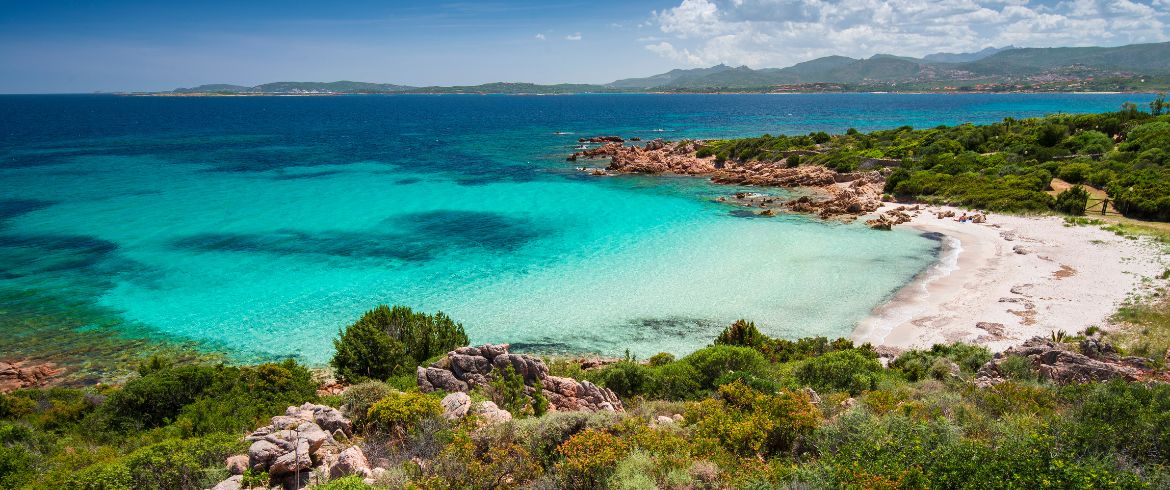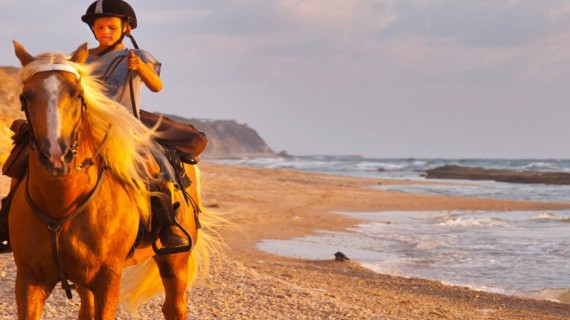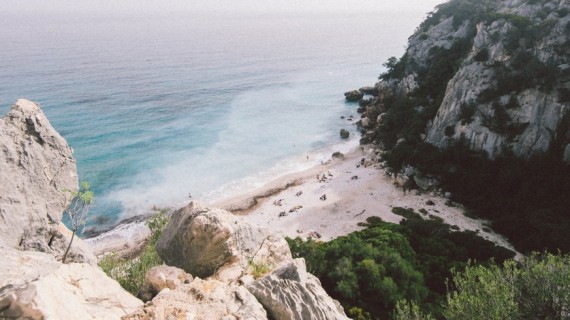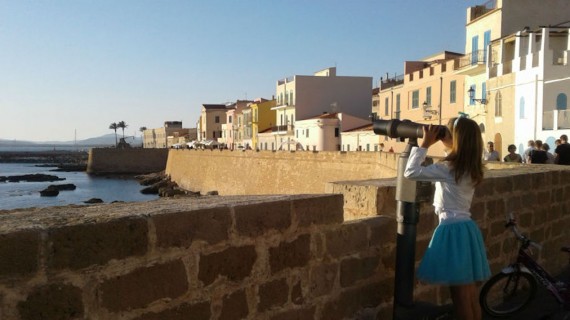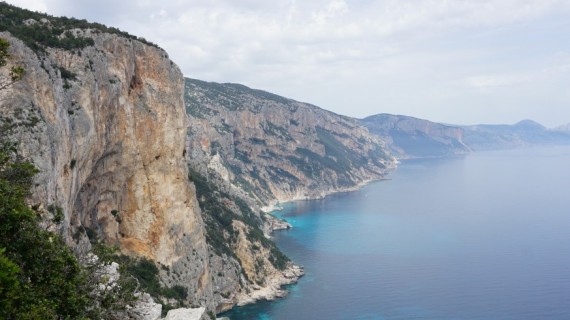Imagine standing on the deck of a ferry at sunset. In front of you, the Sardinian sea unfolds like a shimmering carpet of deep blues, turquoise tones, and golden reflections. The air is filled with the scent of salt and Mediterranean maquis — a unique blend of mastic, myrtle, and wild rosemary. On the horizon, the coastlines of the island slowly emerge: wind-sculpted cliffs, hidden coves, ancient towers guarding the sea, and small villages that seem frozen in time. It’s a gentle and poetic arrival to a place where nature still sets the rhythm — and the journey itself becomes part of the experience.
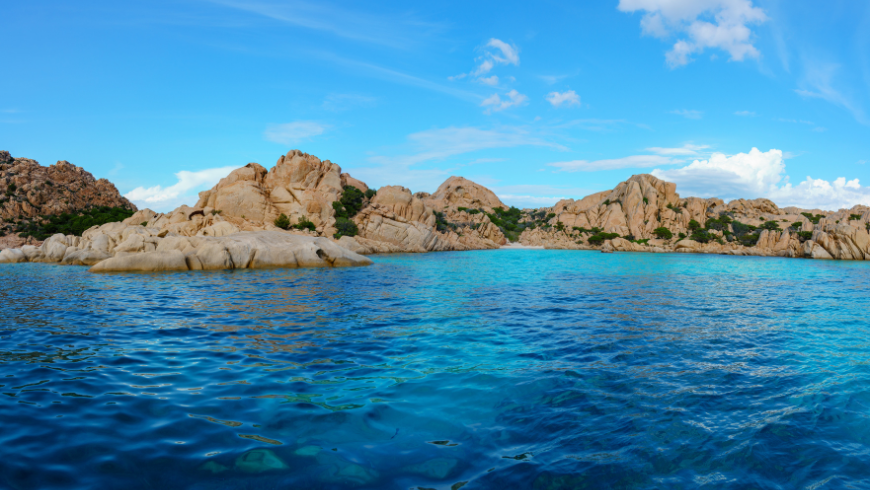
Choosing to reach Sardinia by sea is not only scenic but also sustainable. The ferry serves as a true “green gateway”: it reduces environmental impact compared to air travel, offers flexible schedules, and allows travelers to bring electric or shared vehicles — further lowering their carbon footprint. Many ferry companies operate multiple departures throughout the week, so you can plan calmly and choose the option that best suits your travel style.
Once you arrive, Sardinia reveals its true soul: not just postcard-perfect beaches, but also protected natural areas, deep-rooted local communities, and a cultural heritage to discover at a slow and mindful pace. More and more travelers are embracing this philosophy: less rush, more meaning. Sustainable travel here is not a trend — it’s a way of life that respects and celebrates the island’s delicate balance.
Certified villages and sustainable networks: discovering the authentic Sardinia
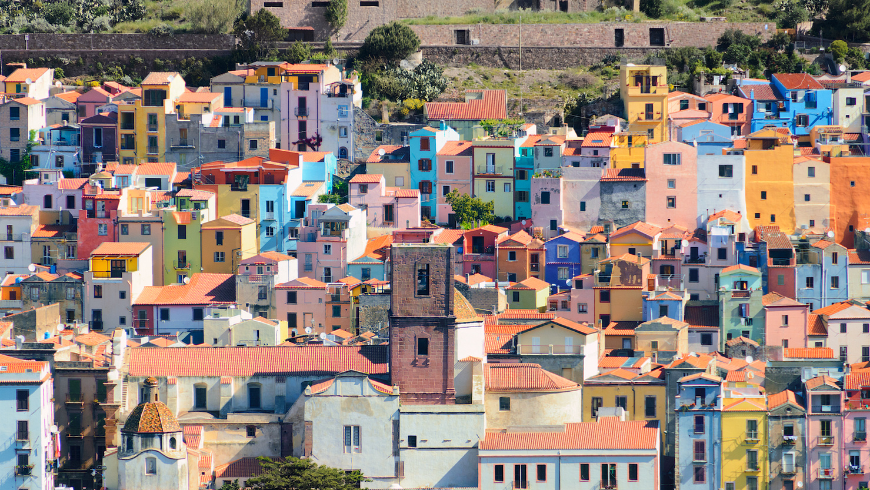
To preserve and promote this identity, the Region of Sardinia has launched the “Network of Excellent Villages of Sardinia” — an initiative focused on sustainability, authenticity, and high-quality hospitality. This regional circuit celebrates towns that excel in environmental care, cultural heritage, and slow living. Among them are some well-known gems: Aggius, nestled among Gallura’s granite rocks; Bosa, with its colorful riverside houses; Castelsardo, an ancient fortress above the sea; Atzara and Gavoi, custodians of Barbagia’s culture; and Posada, a medieval village within the UNESCO Biosphere Reserve of Tepilòra.
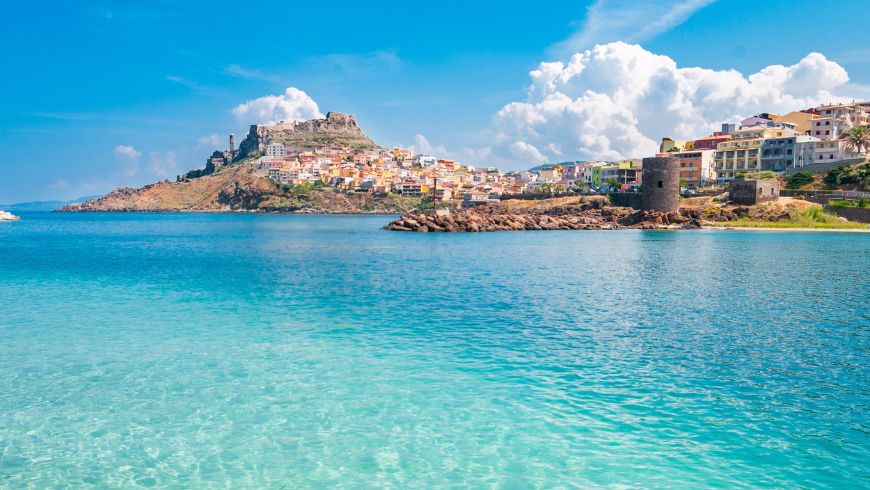
One key tool that supports these destinations is the Orange Flag, a recognition by the Italian Touring Club that rewards villages excelling in hospitality, quality, and sustainability. More than just a label, it represents a commitment to responsible tourism: these communities adopt energy-saving protocols, implement smart waste management, promote cultural activities beyond the summer season, and highlight local crafts and food traditions. Visiting them means connecting with locals, sharing their rhythms, and becoming part of their story of environmental stewardship.
This network of certified villages also helps distribute tourism more evenly across the island, preventing coastal overcrowding and encouraging visitors to explore lesser-known, equally charming areas. Traveling through Sardinia becomes a journey of cultural discovery, guided by sustainable infrastructure and a forward-looking vision for the island’s future.
Ecotourism and slow experiences: the Sardinia you live, not just visit
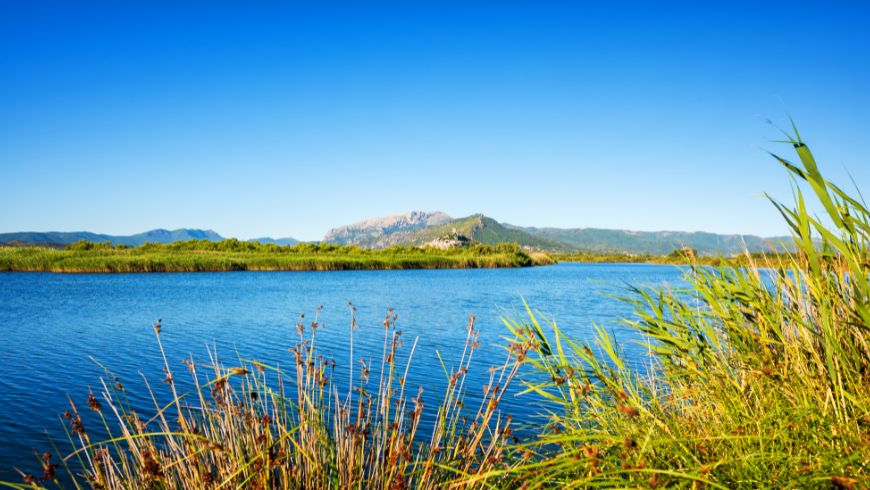
In recent years, a growing network of eco-tourism initiatives has blossomed across Sardinia. Established in 2019, the Ecotourism Network of Sardinia connects local operators, associations, and sustainable accommodations, promoting a slow, authentic, and responsible way of traveling. These initiatives have created inspiring itineraries that cross the island from sea to mountain — weaving together nature, culture, and community.
One highlight is the S’Abba Frisca Park Museum near Dorgali: an immersive open-air route through lush vegetation, natural springs, and rural traditions. Here, the landscape itself tells stories through fountains, shaded paths, and ethnographic installations. Another must-visit site is the UNESCO MaB Biosphere Reserve Tepilòra – Sant’Anna – Rio Posada, a vast protected area rich in biodiversity, home to innovative local projects on environmental education and sustainable development.
For hikers, Sardinia offers long-distance trails that traverse inland regions, peaceful villages, and breathtaking landscapes. These routes invite travelers to experience the island’s most authentic side — far from the crowds. After disembarking at ports like Olbia, Porto Torres, or Arbatax, it’s easy to continue inland by public transport, car-sharing, or eco-shuttles.
Villages such as Aggius, Gavoi, Bosa, and Posada make perfect stops on a slow travel itinerary. Each offers something unique: from Gallura’s weaving traditions to Barbagia’s mountain festivals, from strolls along the Temo River to the stunning coastal views of Posada’s valley.
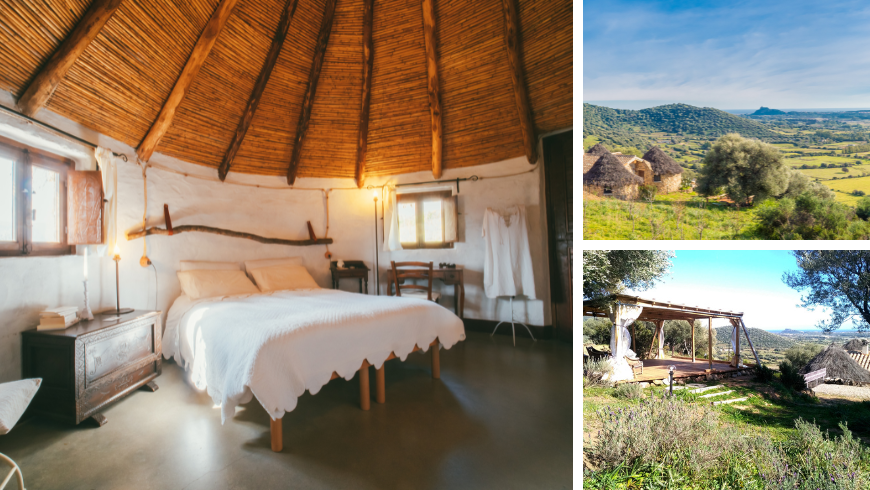
To experience Sardinia responsibly, just a few simple choices can make a big difference: travel during less crowded times, minimize private car use, stay in eco-friendly accommodations, and take part in local activities like craft workshops, guided tours, and community hikes.
Visiting villages outside the peak season not only reduces pressure on the environment but also offers more genuine and enriching experiences. Supporting local artisans, farmers, and restaurants means strengthening the local economy and protecting Sardinia’s cultural and natural heritage.
Travel better, travel consciously
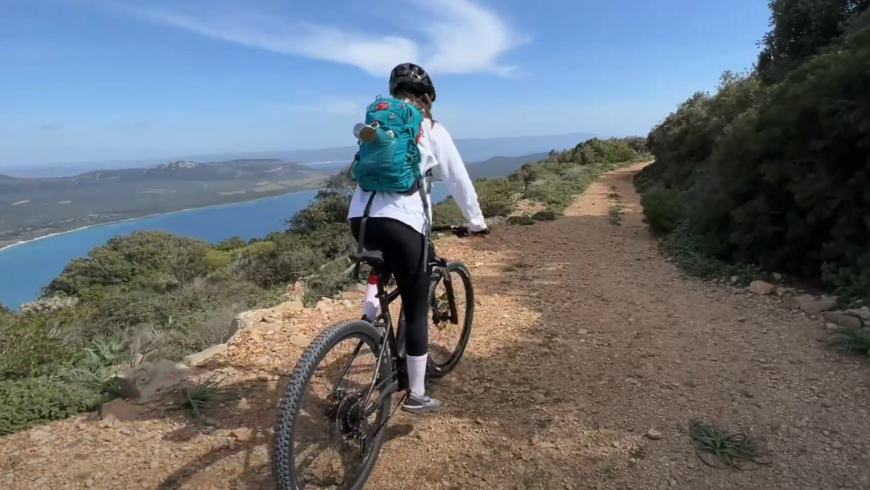
Traveling to Sardinia can be much more than a beach vacation — it can become a journey of discovery, respect, and slowness, where each stop tells an authentic story and every choice helps protect the island’s beauty.
The future of tourism in Sardinia lies in this vision: less quantity, more quality. Thanks to networks of certified villages, eco-tourism initiatives, and the commitment of local communities, the island can continue to enchant travelers while preserving its identity.
Cover image: Photo via Canva PRO
